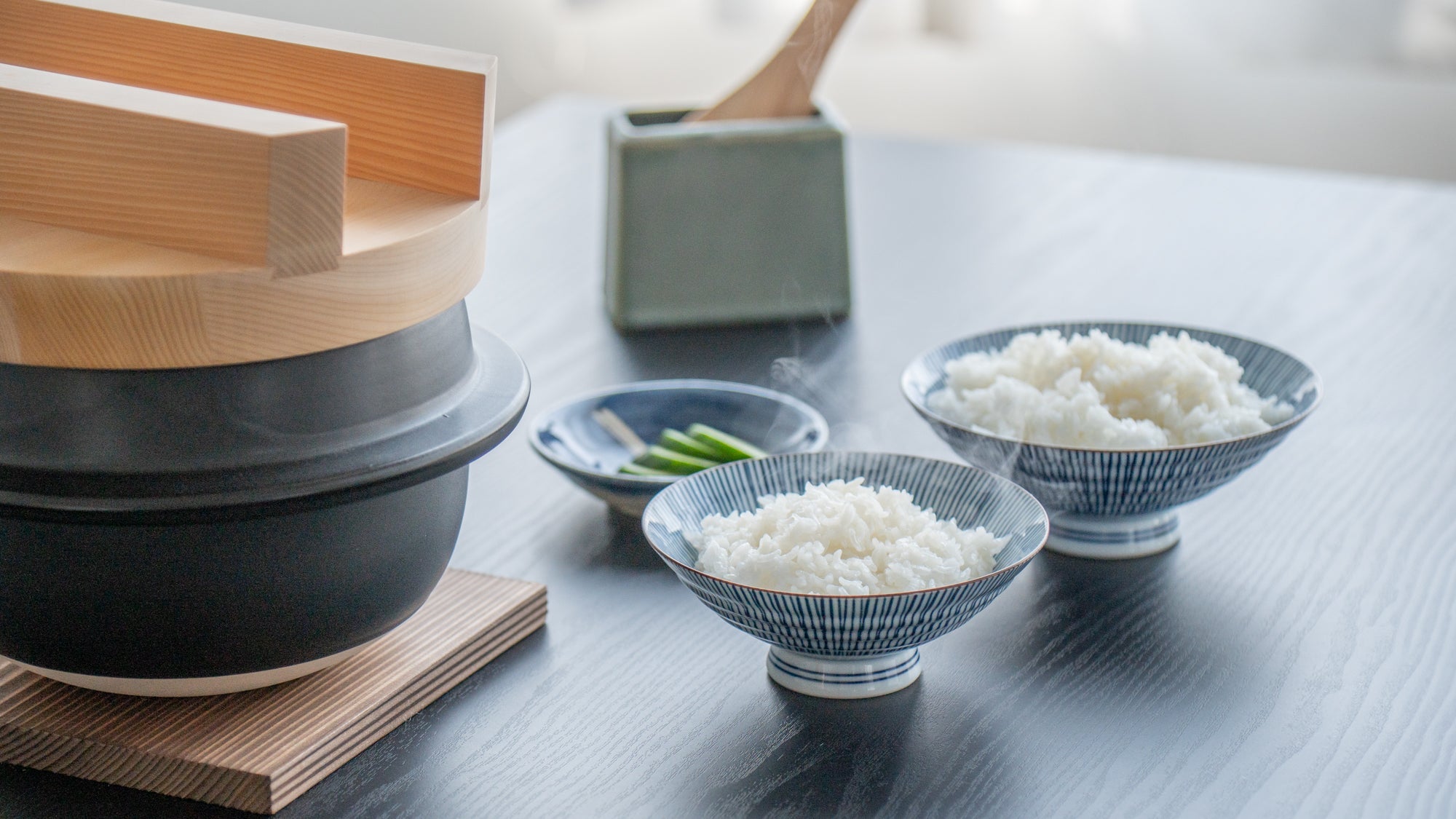
Enjoy Cooking Rice in a Hagama Banko Donabe Rice Cooker!
Written by Team MUSUBI
Banko ware holds the top market share in Japan for donabe clay pots, accounting for over 80% of the donabe clay pot market. Among these popular pots, the hagama clay pot, specially designed for cooking rice, stands out for its quality and craftsmanship.
Rice made in a hagama rice cooker has a richer taste, fluffier texture, and an irresistible aroma. Many who try it say they can’t go back to using a standard electric rice cooker.
In this guide, we’ll introduce the features that make the Hagama Banko Donabe Rice Cooker so special, explain how to use it, and share tips for proper care, so you can enjoy perfectly cooked rice for years to come.
table of contents
Why the Hagama Rice Cooker Is So Special

Backed by the long tradition of Banko ware, with its nearly 300-year history, the Hagama Banko Donabe Rice Cooker brings together exceptional clay, thoughtful design, and artisanal skill. Here are some characteristics that make it truly outstanding.
1. “Wing” Rim for Easy Handling

The name hagama comes from the Japanese words ha (“wing”) and gama (“pot”), referring to the pot’s distinctive flared rim. These “wings” are more than just a design feature—they make the pot easier to lift and carry, even when filled with rice and water.
Because rice is cooked undisturbed under steady heat, the pot isn’t moved during cooking. The absence of protruding handles saves space on the stovetop, allowing you to prepare other dishes alongside your rice. With its substantial weight, the wings are angled for stability and comfort, making the pot easier to handle despite its considerable weight.
On the Hagama Banko Donabe Rice Cooker, the “wings” are carefully shaped at just the right angle to provide a secure, natural grip, combining tradition, function, and smart design in one simple form.
2. Clay and Design That Bring Out the Best in Rice
The secret behind the Hagama Banko Donabe Rice Cooker’s delicious results lies in both the clay it’s made from and the shape of the pot.
Since 1959, Banko ware clay has been blended with petalite, a mineral that gives it excellent heat resistance and durability. This unique composition allows the pot to retain and distribute heat gently, even over high flames, making it ideal for cooking rice. The clay also emits far-infrared rays, similar to the heat produced by charcoal grilling, which helps the rice steam evenly and take on a glossy, fluffy texture.

The pot’s rounded bottom enhances this effect by allowing heat to circulate smoothly and wrap around each grain.
3. Accessories That Complete the Experience
The pot comes with high-quality accessories crafted from wood. These tools complete the experience and reflect the Japanese value of attention to every detail.
Sawara Cypress Wooden Lid and Hinoki Cypress Rice Scoop

- The wooden lid is made from lightweight, moisture-resistant Sawara cypress. Used together with the ceramic inner lid, it creates a double-lid structure that increases pressure and seals in heat. As it absorbs steam, the lid becomes slightly heavier, and its gentle aroma subtly enhances the flavor of the rice.
- The Hinoki cypress rice scoop is carefully finished to prevent sticking and preserve the shape of your deliciously cooked rice.
The wooden trivet is included to protect your table or countertop from the heat of the pot when serving directly after cooking.
Step-by-Step: How to Cook Rice in a Hagama Pot
Cooking with a hagama may take a little practice, but the results are more than worth it. Here’s how to make delicious white rice with your Hagama Banko Donabe Rice Cooker.
*The cooking time may differ depending on your stovetop. Until you get used to using this rice cooker, please use a kitchen timer to measure the time for each cooking process to find the time when the rice is cooked to your desired firmness.

1. Measure and Soak (to cook one cup of rice)
Measure one gou (5.3 oz / 150 g) of rice and rinse gently in cold water.
Tip: In Japan, one cup of rice is called one gou. This rice cooker can cook up to three gou of rice.
2. Place the well-rinsed rice in the Hagama Banko Donabe Rice Cooker, adding the appropriate amount of water as listed below. Let the rice soak for thirty minutes.
Tip: The 3 gou pot has water level lines inside that match the number of cups of rice you’re cooking.

One gou: fill water up to the bottom line (6.8 fl oz / 200 ml of water)
Two gou: fill water up to the middle line (13.6 fl oz / 400 ml of water)
Three gou: fill water up to the top line (20.3 fl oz / 600 ml of water)

3. The pot has one air hole on its side, and the ceramic inner lid has two holes. When placing the inner ceramic lid, position it so the holes form a triangle, not a straight line. This prevents the hot water from suddenly spilling out. Then, place the wooden lid on top.

4. Cook over high heat. When you hear the inner lid begin to rattle, reduce the heat to low and cook for the time listed below:
One gou: 4 minutes
Two gou: 6 minutes
Three gou: 8 minutes
Caution: Do not leave the heat on high after the inner lid starts clattering, as the pot may boil over. The timing may vary depending on your stove, so it's helpful to use a timer the first few times.


5. After the rice is cooked, turn off the heat and let the pot sit for 15 minutes to steam. Do not open the inner or outer lid during this time.
6. After steaming, carefully open the lid and use the rice scoop to fluff the rice, starting from the bottom. This helps prevent the grains from getting mushy and breaks up any clumps. Be sure to wet the rice scoop with water before using it.
Don’t forget to enjoy the okoge, the browned rice at the bottom of the pot. It’s one of the tastiest parts of rice cooked in this pot.
Take in the steam, the scent, and that first bite of perfectly cooked rice!
How to Care for the Hagama Banko Donabe Rice Cooker
Unlike metal pots, a donabe rice cooker requires a few specific steps for proper use and maintenance. Please follow these precautions to keep it in good condition for a long time.
For Safe Use
- Do not use this rice cooker with oil. It’s not designed for deep-frying, stir-frying, or any dishes that require large amounts of oil, as this could cause it to overheat or catch fire.
- Be careful to avoid burns while cooking. The pot becomes very hot during use. Always use mittens when touching the pot or lid, and place it on a trivet to protect your table or countertop. Never touch it with your bare hands during or immediately after cooking.
- If the heat is too high, the rice may burn. Please adjust the heat carefully.
After Cooking
- Do not leave leftover rice in the pot. As this is an earthenware pot that absorbs moisture, food left inside may cause mold or unpleasant odors. If there are leftovers, transfer them to another container and empty the pot as soon as possible.
- After using the pot, allow it to cool completely before washing. Use a soft sponge, and avoid soaking it in water, even if food is stuck, as this can lead to mold.
- Avoid leaving detergent on the pot. If you are concerned about stickiness or smell, boil water with baking soda in the pot.
- After cleaning, dry the pot thoroughly and store it in a well-ventilated space without the lid. Be especially careful that no moisture remains on the base, as this may lead to mold.
How to Care for the Wooden Lid and Rice Scoop
- Do not leave the wooden lid or rice scoop in the pot with water. After use, wash with water only, wipe dry immediately, and store. If there is any remaining oil on the surface, wash with diluted dish soap, then rinse and dry quickly.
- After cleaning, dry both items thoroughly before storing. Although Sawara and Hinoki cypress contain natural antimicrobial resin, moisture may still cause mold if not dried properly.
- Always dry in the shade to avoid cracking from overdrying.
- A slight stickiness may be noticeable over time. This comes from the natural resin of the wood and is harmless. It can be removed with diluted alcohol or fine-grit sandpaper.
To learn more about caring for earthenware products, please visit our blog How to Care for Stoneware and Earthenware.
The Experience of Tasting Truly Delicious Japanese Rice

If asked, “What would your last meal be?” many people in Japan would answer, “freshly cooked white rice.” That’s because rice has long been central to Japanese cuisine. It has always been a source of energy, comfort, and nourishment.
Before electric rice cookers became common, this type of pot was used in kitchens throughout Japan. Today, the flavor of rice cooked in clay pots is being rediscovered, and more households are turning to traditional cookware again.
If you’re looking for the true taste of Japanese rice, try cooking it in this Hagama Banko Donabe Rice Cooker. It may completely change the way you think about rice.
For those interested in cooking rice with an induction heating rice cooker, be sure to check out our blog post, Your Guide to Three Irresistible Rice Recipes.




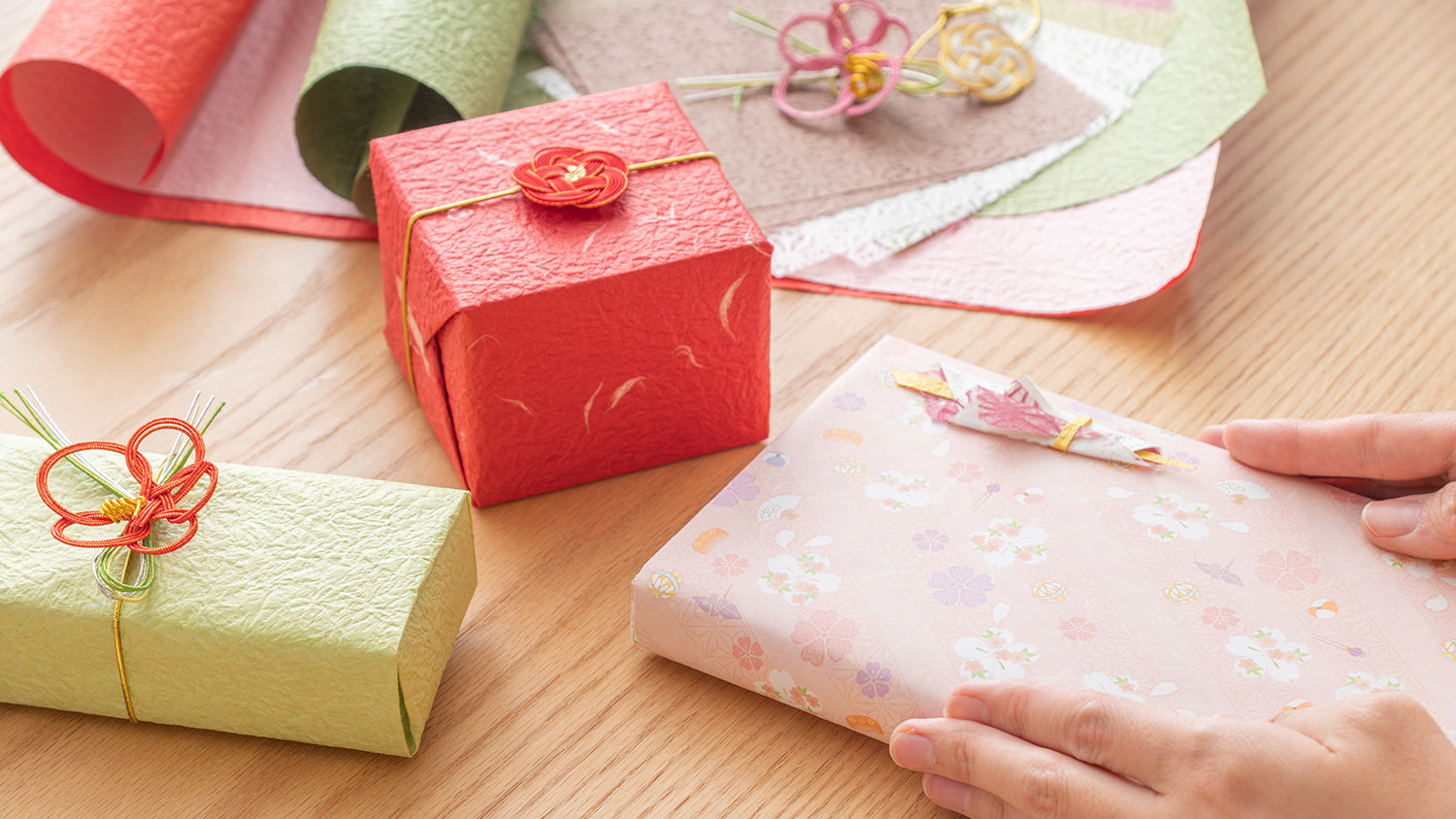

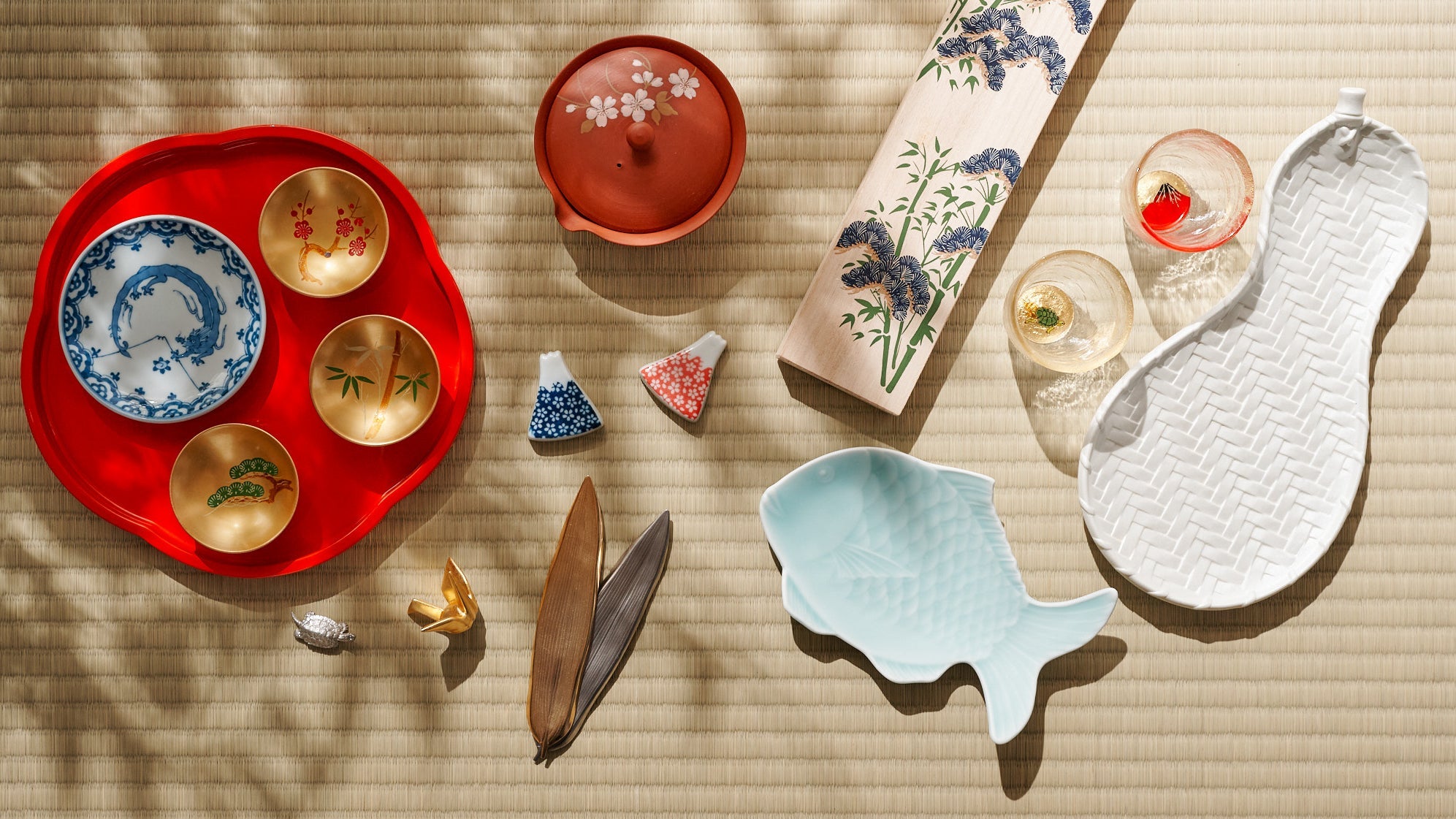
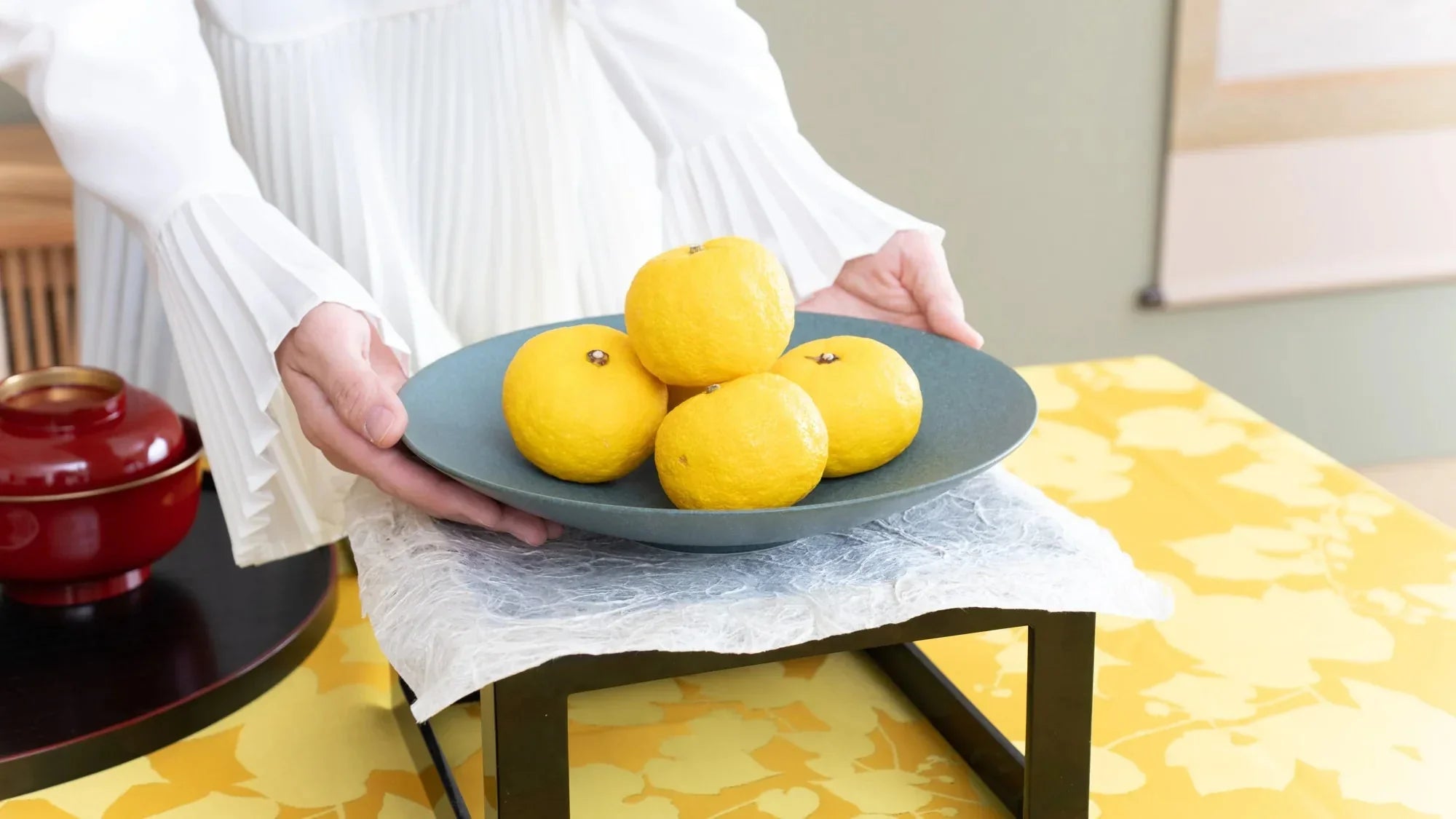
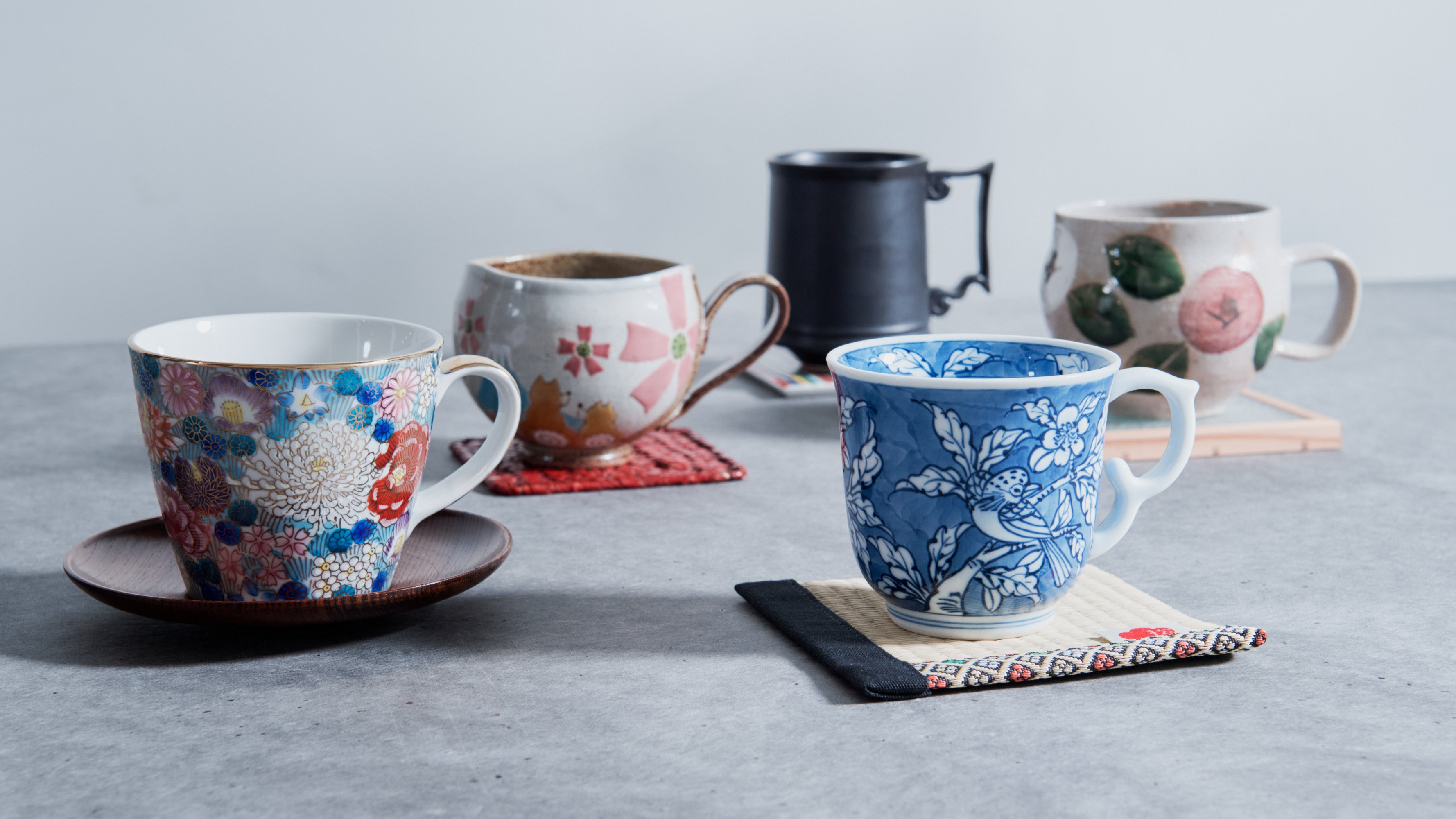
Leave a comment
This site is protected by hCaptcha and the hCaptcha Privacy Policy and Terms of Service apply.